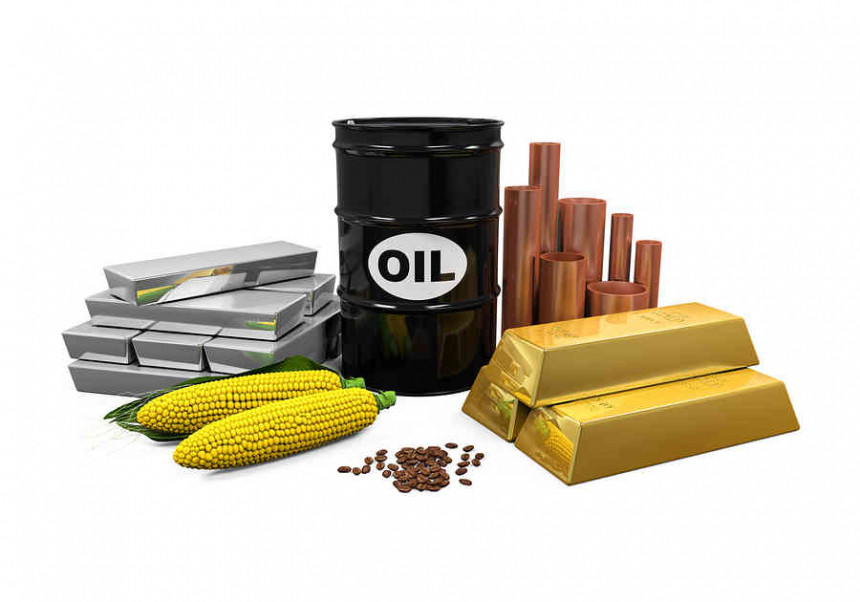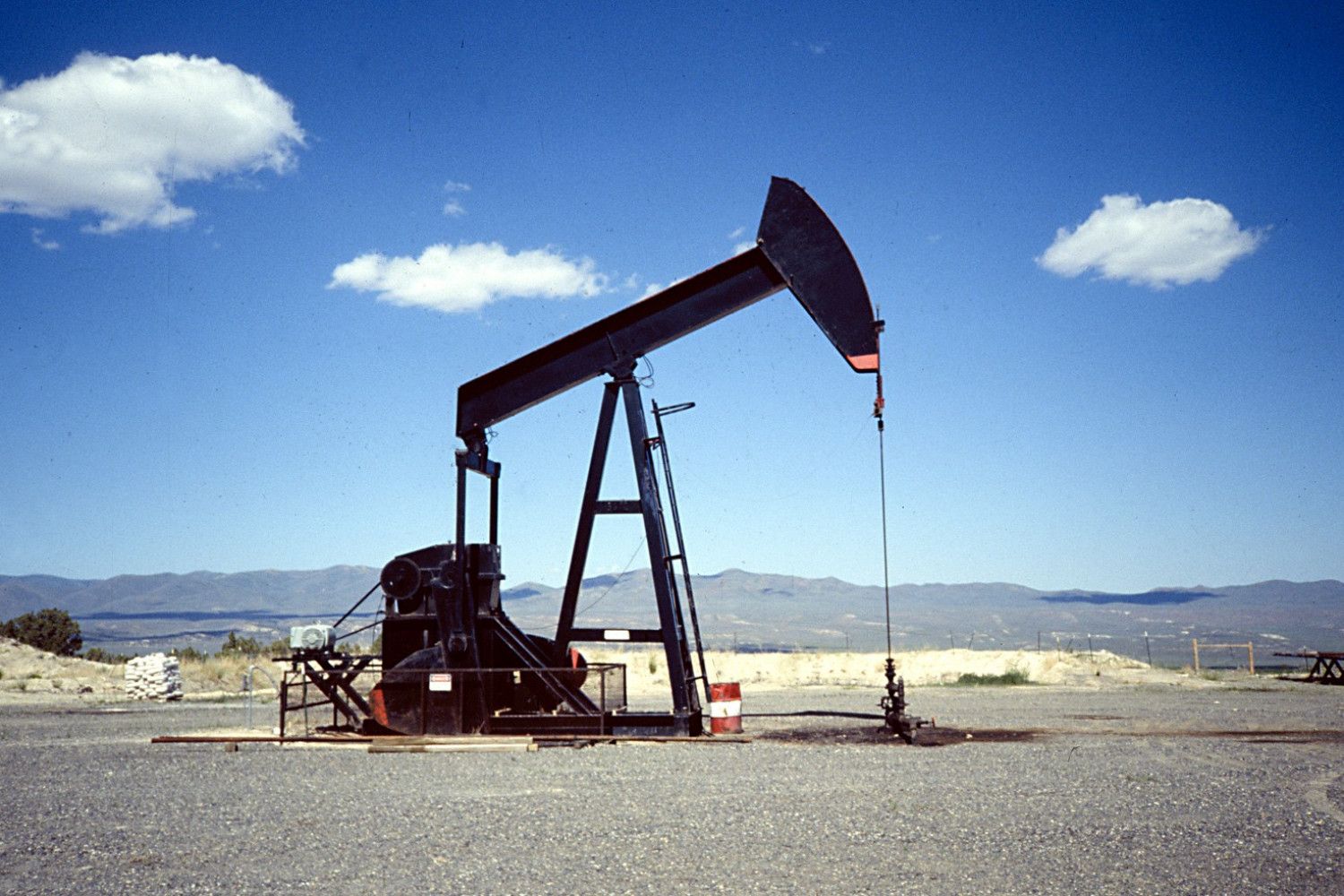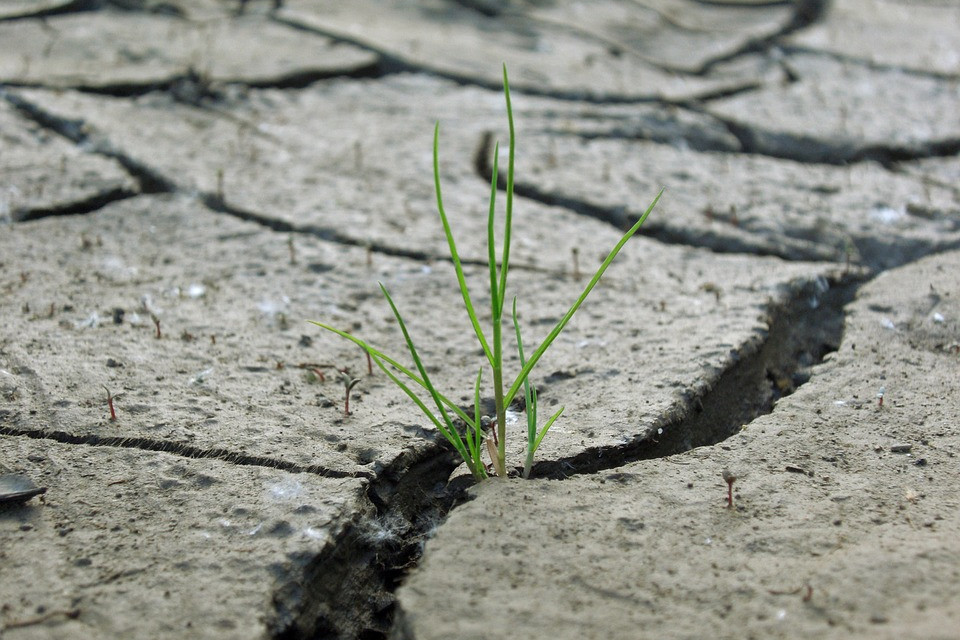
Products such as oil, copper, soybeans and even gold, among many other commodities are not just simply goods. That is, they are not just objects that have a double value, one to use and another to exchange, are not only essential constituent part of the constant capital -that is, of capitalist investment, but are also special raw material (forgive the redundancy) of financial speculation. That is to say, they are particular commodities whose future is traded on special markets. The so-called commodities are then goods whose prices are not only subject to the deep determinations of the formation of value and output prices and are not only subordinated to the multiple superficial market movements, but are also particularly exposed to powerful swings in financial speculation. All these considerations are necessary to start talking about the extreme price movements of raw materials.
General conditions
The decline in the price of these particular goods, in so far as this year has gone, is explained by a multiplicity of causes, different for each case. However there are at least two reasons that operate as general trends and directly or indirectly affect all of these products. The first is that the rise of the US dollar increases the price of commodities denominated in dollars for holders of other currencies. The rising dollar is explained in turn by at least three factors. First, the relative strength of the US economy compared to the weakness of most of the economies of the central countries. The second, the end of US monetary injection programmes known as quantitative easing (QE), causing a lesser amount of US currency to be in circulation. The third, the spectre of a possible increase in interest rates in the United States in the middle of next year. Returning to the general causes, in addition to the appreciation of the dollar, the second general reason that impinges directly or indirectly on the price of raw materials is the weakness of the world economy and its fundamentally declining prospects. The combination of these aspects dictates a trend contrary to the rising prices of raw materials that were imposed since 2010.
Crisis and crisis
You cannot establish a general rule that any global capitalist crisis means a fall in the price of raw materials. The best example is the crisis of the 70s, misnamed "oil crisis" for the extraordinary price increases of "black gold". In fact, in those years the increase in oil prices contributed to the increase in the organic composition of the capital strengthening trend already installed by the falling profit rate. But without going too far, and considering the problem inversely, sharp increases in prices of raw materials since 2009 could not be attributed to the strength of the recovery of the world economy in recent years. If part of the growth of these prices is no doubt due to the recovery in demand, they were in fact largely due the particular forms that a weak recovery imposed, which fuelled an increase in prices of these goods without being a result neither of the rhythms nor the levels of this recovery.







